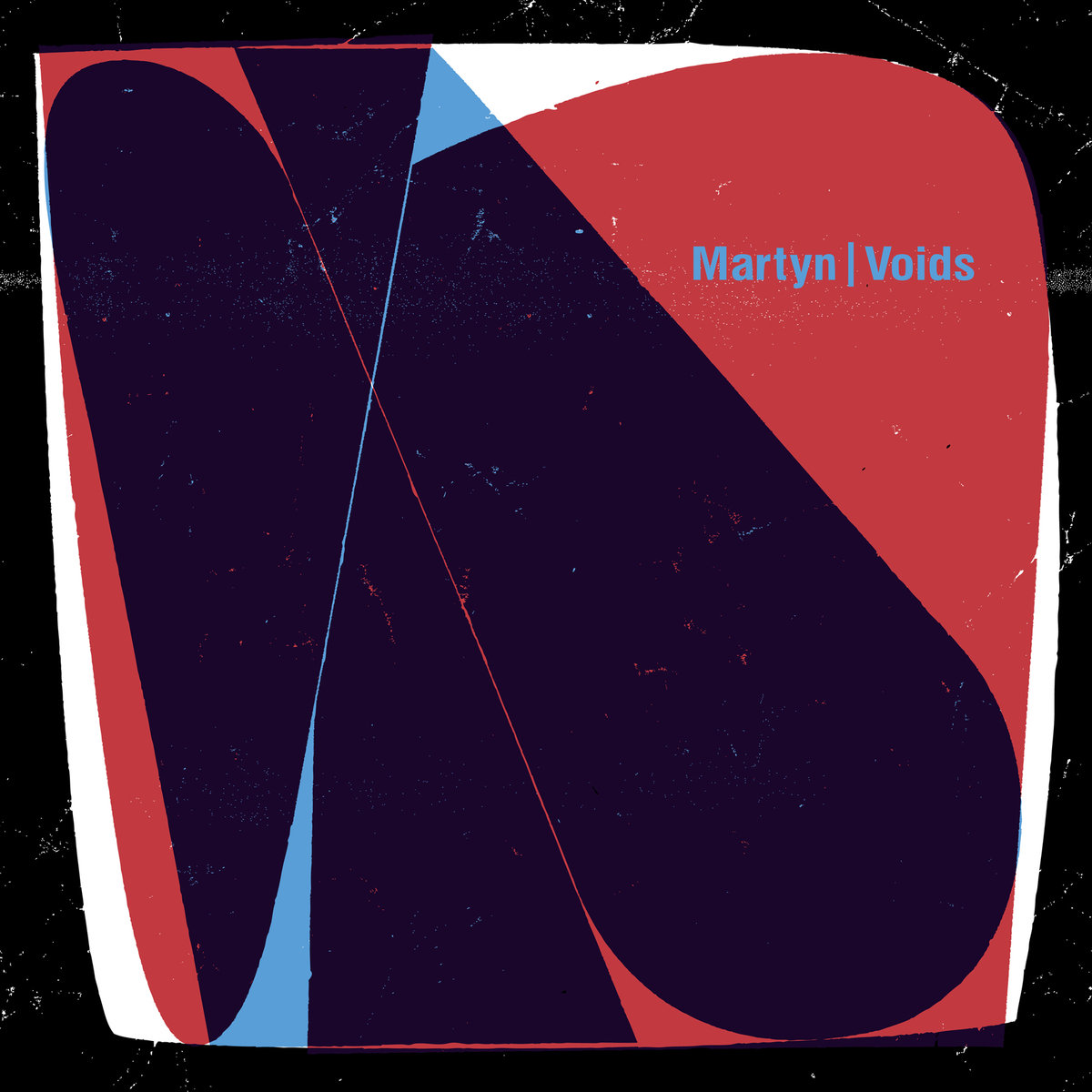Martyn (Deijkers) launched his electronic music career back in 1996, playing Drum n Bass in his hometown Eindhoven after hearing an Ed Rush set. He released his first record as a DnB artist in 2005 but by 2007 he fell in with a new crowd as Dubstep would make its mark on the world. He released his first album, “Great Lengths” during that time, which in many ways became an epithet for the genre at the arc of its narrative. His second LP “Ghost People” was an instant critical success and where Great lengths introduced Martyn to the world, the sohpomore established him as one of the greatest producers of his generation.
As the walls around Dubstep started to crumble, letting in a new flood of influences and its major players moved on to other aspects of music, it would also be a catalyst for Martyn’s next phase as a producer. Leaning on influences of early House and Techno with the studio prowess of Drum n Bass, with significant hints of Garage and Dubstep, Martyn’s music became an amalgam of his all things past, present and future. By his third album, “The Air Between Words”, he’d beyond what had been dubbed Bass music by the pundits, with that effects can be discerned through the larger narrative of electronic music, inspiring a whole new generation of artists and musician.
Martyn’s innovative ear as a producer and his transient influences as a DJ and music enthusiast is constantly in some flux, especially on his albums and it makes for intriguing listening experiences with no two albums from his catalogue ever alike. On his fourth studio album and the first for his newly adopted home Ostgut Ton he re-affirms this position with “Voids”.
Born out of the idea of “space” that Martyn encountered on M’Boom (a seventies percussive Jazz record) while recuperating from “near-death experience”, “Voids” is still unmistakably a Martyn record with interlacing percussion rolling out from under the waves of sub-bass drawls while familiar keys and synths pad out the exterior of his productions. There’s a definitive connection between Martyn’s previous album, taking the sound and stripping it back further, while expanding on the polyrhythmic nature of his music.
While you can really M’Boom’s influence on tracks like “Mind Rain” and “Nya” with their effervescent clattering of rhythms, there’s something else we discern on the record that subverts everything else on the record as the dominant character of the record. A coldness prevails throughout “Voids” that lends a darker tone to Martyn’s music on this LP. There’s a boldness to Martyn’s music we haven’t really heard on previous albums as the producer expounds on his minimalist creations with a soupy humidity. Although there are fewer elements on “Voids” than have been on Martyn’s music in the past, the music sounds much bigger, and there’s much more taking place in the spaces between the lattice like textures.
Kicks swelter in the muggy air of the swampy bass synths while busy percussive parts puncture the higher frequencies of the tracks. Martyn’s eclectic nature still prevails and elements of Garage and Drum n Bass find some bridge to Techno and House with Martyn’s unique focus on rhythms at the fore of the whole album. There’s no universal narrative to discern from the album, but there’s a comprehensiveness to the album, which like Martyn’s previous albums set a unique tone separating it from previous LPs.
Martyn doesn’t really evolve through his albums, but each one makes its own indubitable mark on his discography, often falling into a larger narrative of musical trend that can be inferred on his music. “Voids” yet again makes a mark, but on this occasion there’s no particular zeitgeist or scene that is currently tracing an arc through music, and as such this LP stands very much on its own.

